
Why You Shouldn't Send Google or Facebook Ads to a Brand New Website
Introduction
So, you’ve just launched your new website and are itching to spend some money on ads. This is entirely understandable in the hopes that it will attract a steady stream of potential customers. But before you launch those ads, I wanted to present the case as to why that might not be a wise use of your funds.
When it comes to online marketing, Google and Facebook ads are really powerful tools that can help to attract new customers to your website. But, if you want to get the most out of your ads, it's important to ensure that you have the right elements in place on your website.
When you first build your website, these elements are almost never in place, just because you haven’t yet built up a history in your business. That’s why we don’t recommend running ads immediately after you launch your website.
In this article, we'll explore why social proof, business history and testimonials on your website are essential elements of a successful ad campaign and what your plan should be in the first 6 months after launch.
Why Your Business History Matters
When it comes to establishing trust with potential customers, business history can be a powerful tool. Having a history that proves you’ve been trading for some time can help to demonstrate your company's reliability and expertise.
So, when it comes to your website, what does this mean exactly?
Your business history can be conveyed on your website through a range of elements, such as company news, case studies, real images of you and the team and a regularly updated blog.
ConvertKit does a great job of conveying its business history:
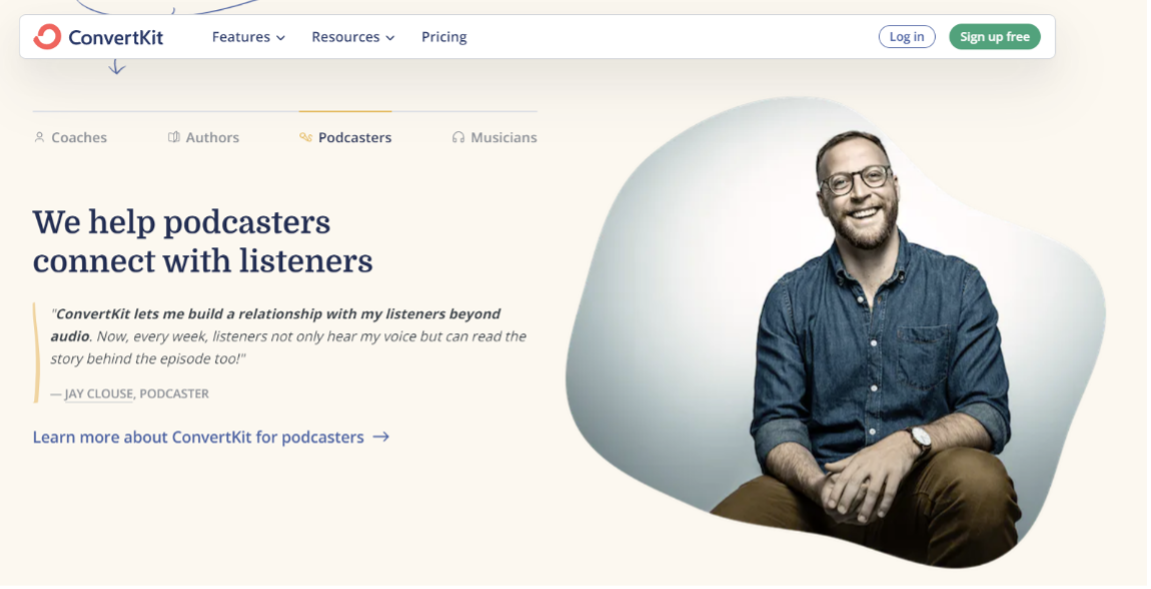
By including these elements on your website gradually over time as you grow, you can establish credibility and build trust with potential customers. They are more likely to pick up the phone or request a meeting if they know you’ve been doing what you do for a while.
Testimonials Are Everything
We’ve seen first hand that clients with several positive testimonials on their website tend to do better overall than those who don’t. And when it comes to people who click on an ad and go to your website, it’s very hard to convert them into paying customers when those testimonials aren’t present.
Testimonials are a form of social proof that specifically relate to customer feedback. That is, people who say nice things about your business.
Check out this testimonial that Provider+ displays on its website:

By including customer testimonials on your website, you can provide potential customers with insights into the experiences of others, helping them to make more informed decisions.
Testimonials can be presented in many different forms, such as text, video and audio, and should be prominently displayed on your website.
So, if you’re a 2Brownies customer, we strongly recommend you start gathering testimonials as soon as possible. And then send them to us so we can incorporate them on your website. It will make a world of difference to your credibility and your marketing activities.
(We love testimonials as a marketing tool so much we’ve written another blog post just on the subject of testimonials and why they’re so important).
An Early Focus On Business Development Activities
So, we now understand that social proof, business history and testimonials are all essential elements of a successful website. But they can take time to accumulate. This is especially true for new businesses that don't have an established customer base.
This is why I strongly recommend the following to our clients:
During the first 6 months of your business, it's important to focus on business development activities that can help you to build relationships with partners in your community. These activities can help you to establish a referral network in your sector and community and attract and retain customers for years to come.
After you launch your site, you’ve probably had a conversation with me along these lines, where I’ve recommended that the most important tools you can have in the early days of your business are a business card and brochure.
There really is no substitute for getting out into your community and shaking as many hands as possible in the first few months after launch. Leverage whatever relationships you have to make your business known locally. It really is the path to early success.
Once you have 2-3 customers on board, you can start to generate those all-important testimonials, replace the stock images on your website and attract more engagement on your socials. All the elements that are key to building trust.
Paid Ads Require a Landing Page
Another reason why we don’t recommend running ads to your brand new brochure-style website is that paid ads do best when they are sent to a landing page. In fact, it’s one of the key components of a successful Google or Facebook ad campaign.
So, what is a landing page?
A landing page is a standalone web page that has been designed to capture a visitor's attention and persuade them to take a specific action, such as signing up for a newsletter or requesting an appointment.
The main difference between a landing page and a standard informational website is that the latter is designed to provide visitors with a broad range of information about a company, while a landing page is specifically tailored to achieve a single goal. The goal of a landing page is to provide a clear and concise message that encourages visitors to take one specific action.
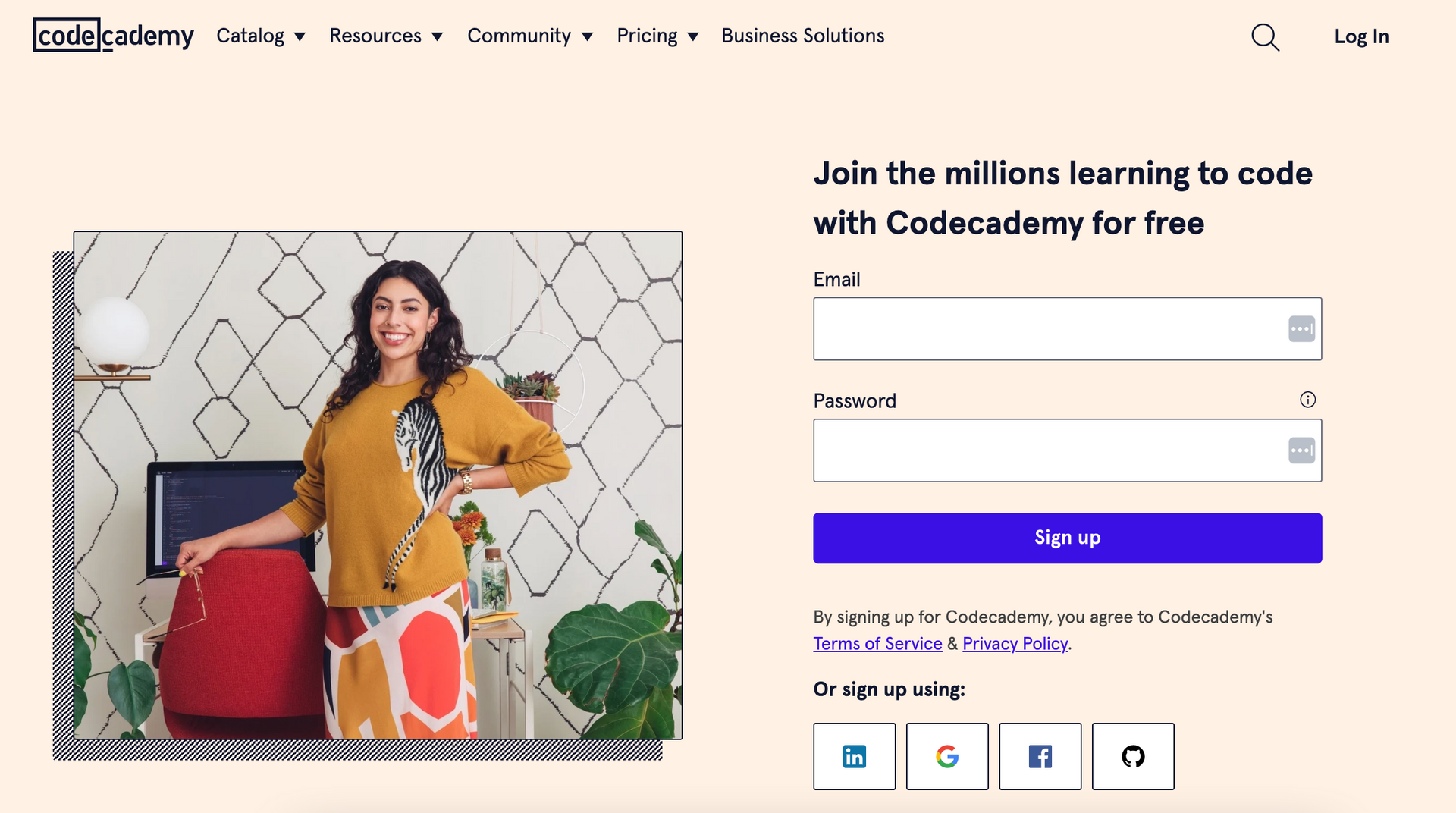
There are several reasons why a landing page is necessary when it comes to running Google or Facebook ads.
Firstly, a landing page generally increases the conversion rate of your ads. By directing visitors to a specific page that is designed to convert them, you can increase the likelihood that they will take the desired action. So, you’re not wasting your money on an ad that won’t convert.
Secondly, a landing page can help to improve the relevance and quality of your ads. Both Google and Facebook use complex algorithms to determine the relevance of your ads to the user's search query or interests. By ensuring that your landing page is closely aligned with your ad's messaging, you can improve your ad's relevance score and improve your overall ad performance.
In addition, a landing page should have a clear and specific call to action (CTA) that aligns with the ad's goal. For example, if the ad is promoting a new NDIS service provider, the landing page should not only showcase all your social proof and your services, but it should have a CTA that encourages the visitor to book a free consultation or request more information. The CTA should be prominently displayed and easy to find on the page.
Lastly, the benefit of using landing pages for your ads is the ability to specifically track their performance. By using tools like Google Analytics, you can see how many people clicked on your ad and how many of those visitors did what you wanted them to on your landing page. This allows you to optimise your landing page and ad campaign for better results.
Conclusion
So, in summing up, sending Google or Facebook ads to a website with no social proof, history or testimonials is not an effective strategy for converting visitors into customers. Running ads isn’t cheap and the last thing we want for our clients is to spend money that doesn’t convert.
In your first few months after launch, we strongly recommend you focus on building relationships in your local community so that you can get your first few clients on board. From there, it’s all about gathering testimonials, images and social proof for your website.
Once you have a clear history of doing business on your website, then running Google or Facebook ads can be a great idea. This will likely involve creating a landing page specifically for your ad campaign in order to improve your conversion rates and provide valuable insights for optimising your campaign in the future.

About the Author
Our General Manager, Vanessa, has a background as a business consultant and loves to share her experience and perspective with our clients and readers. If you have questions about your own NDIS provider business, chat with Ness anytime on 1300 608 114 or
find Ness on LinkedIn
or follow Ness for NDIS Provider insights on Medium.
Learn more about Vanessa
here.

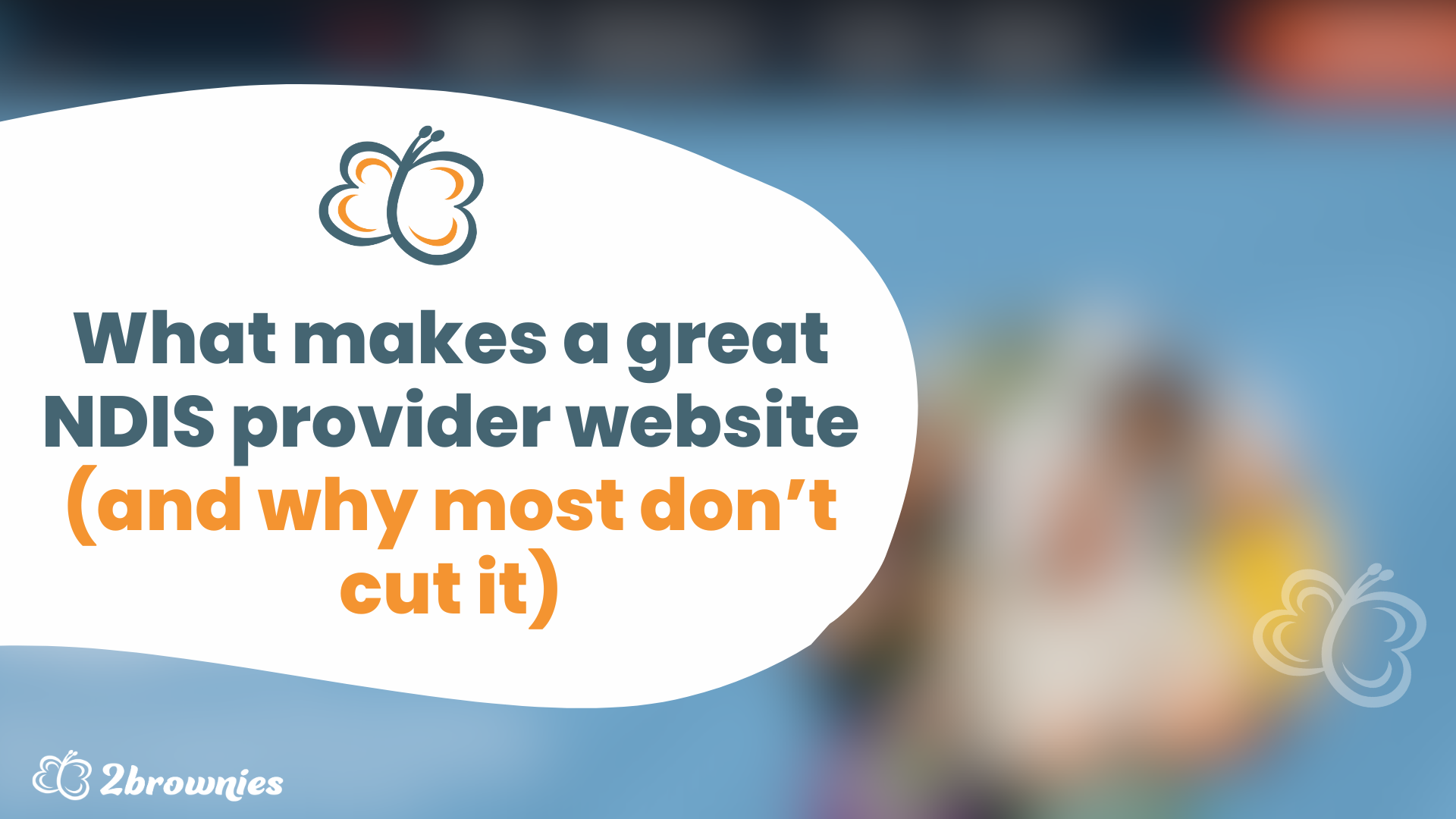
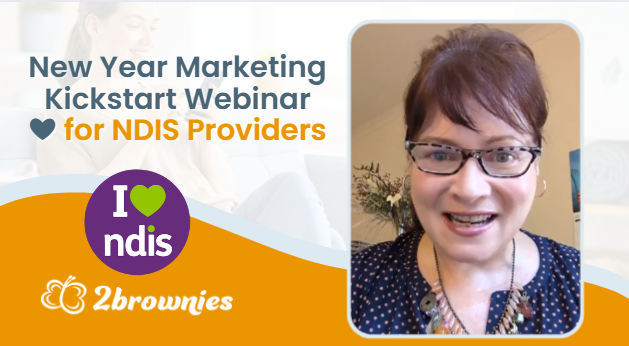
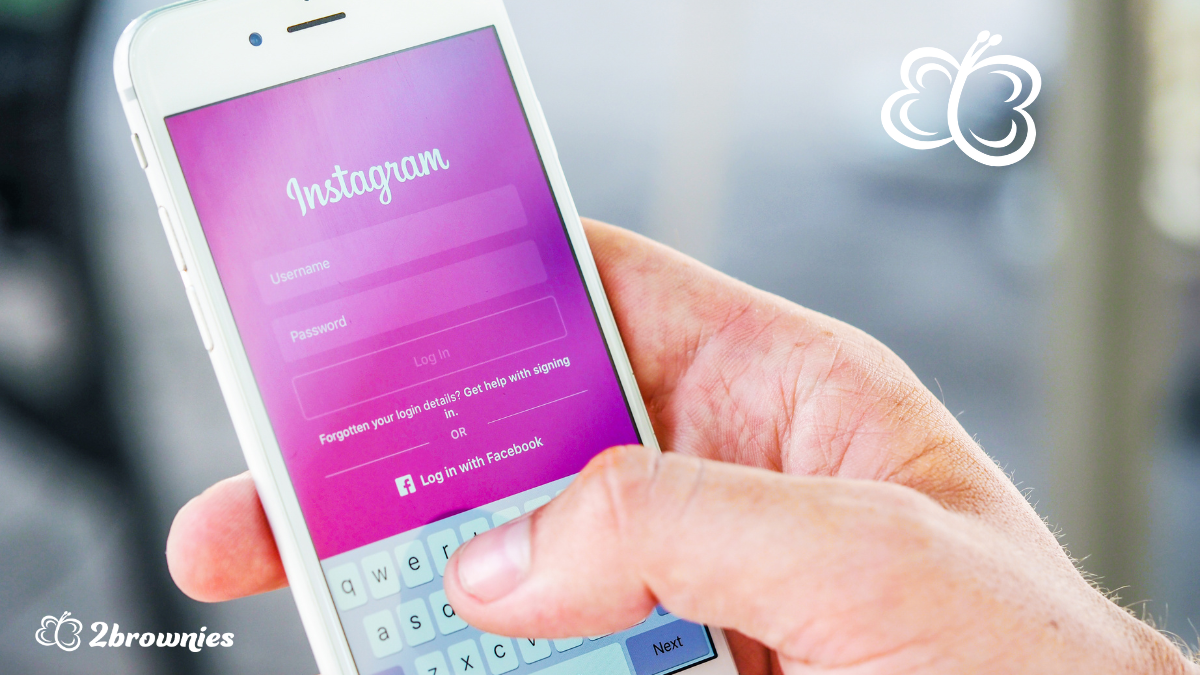
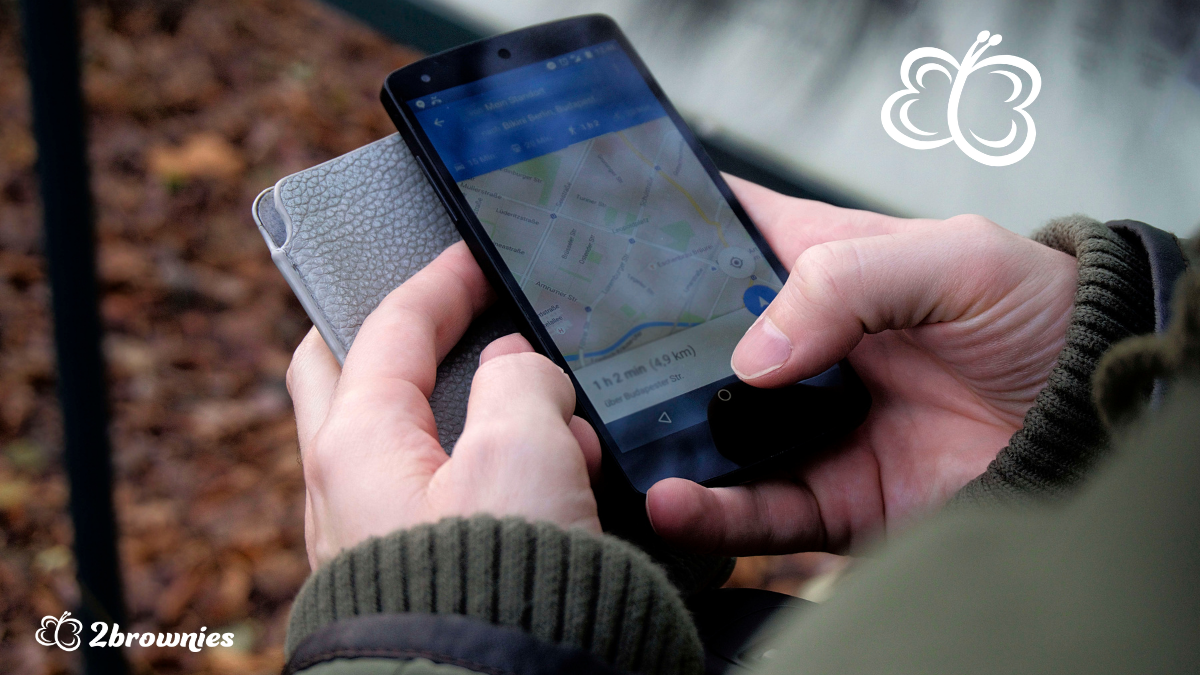
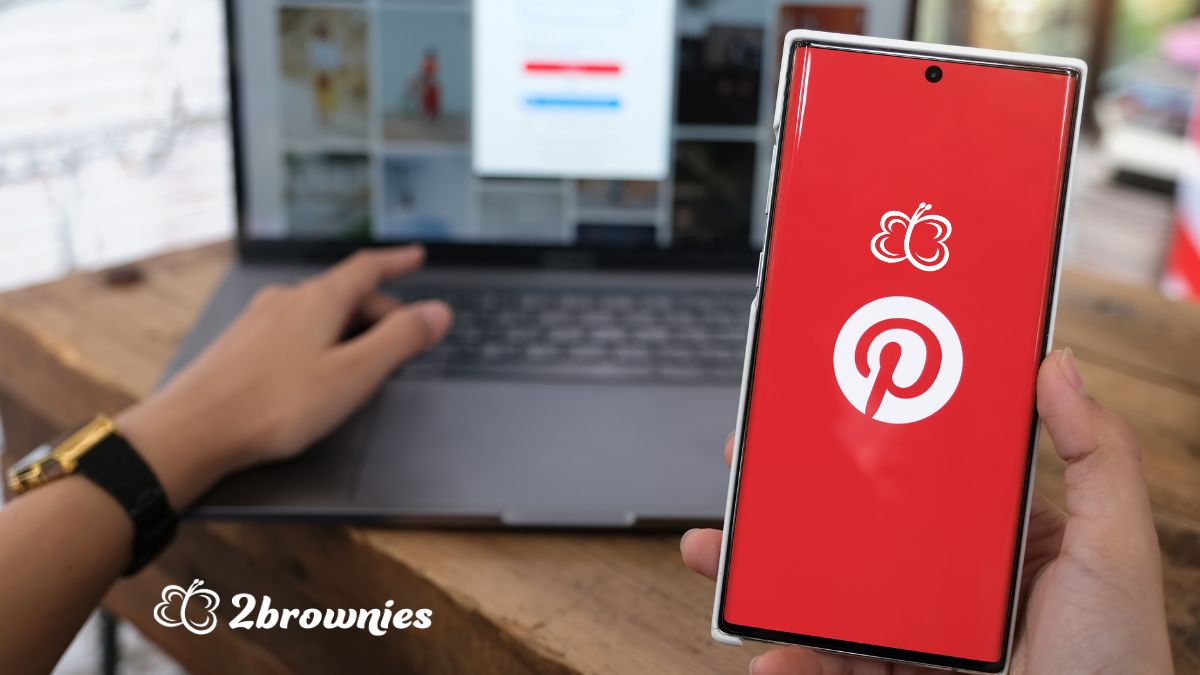
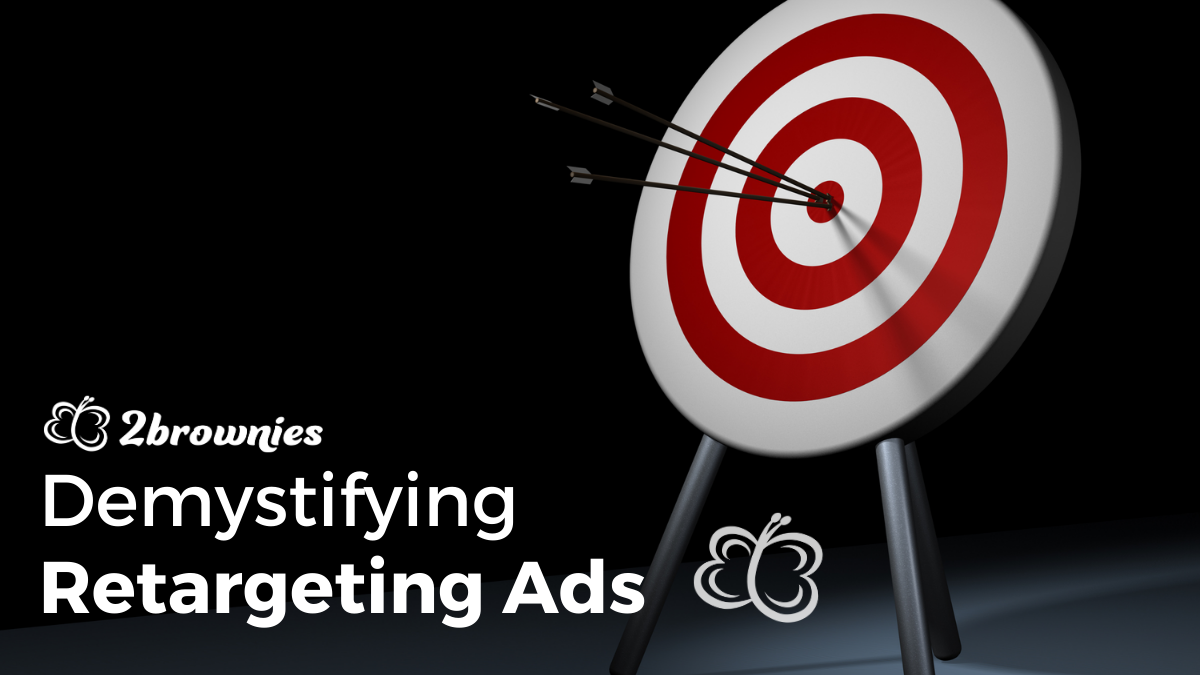







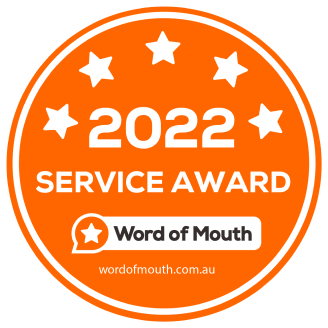
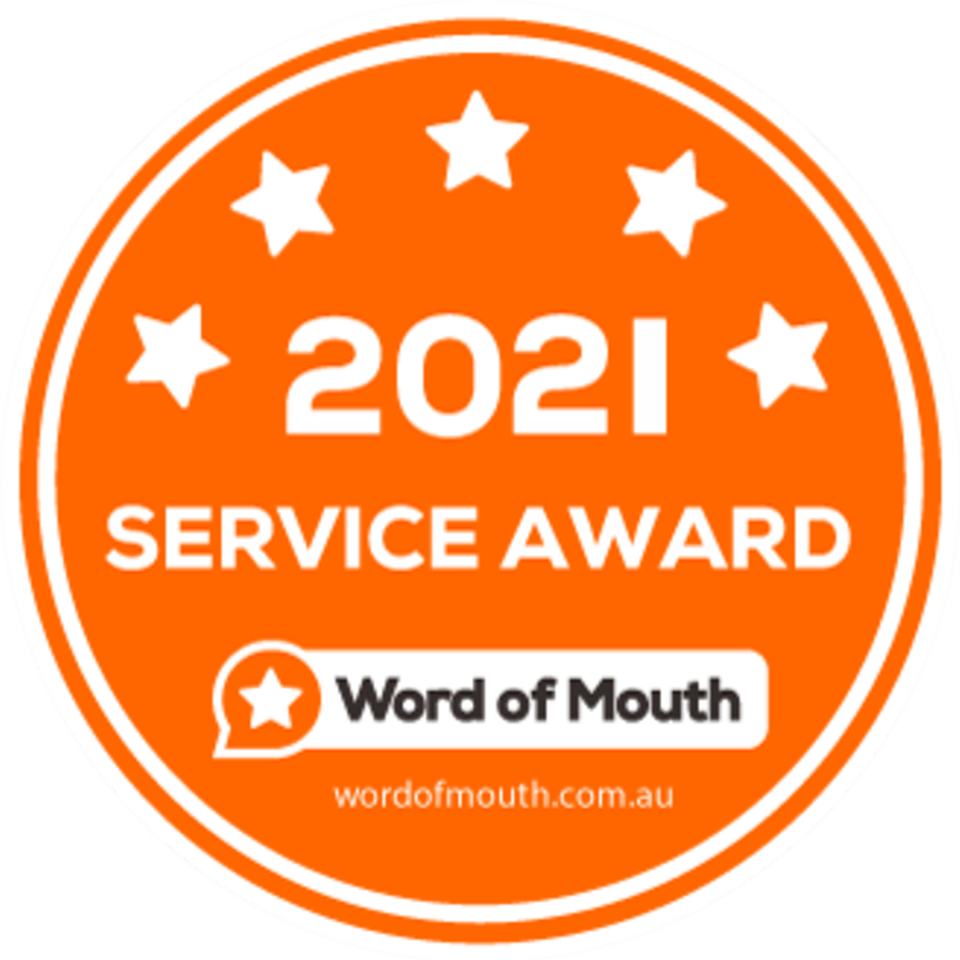
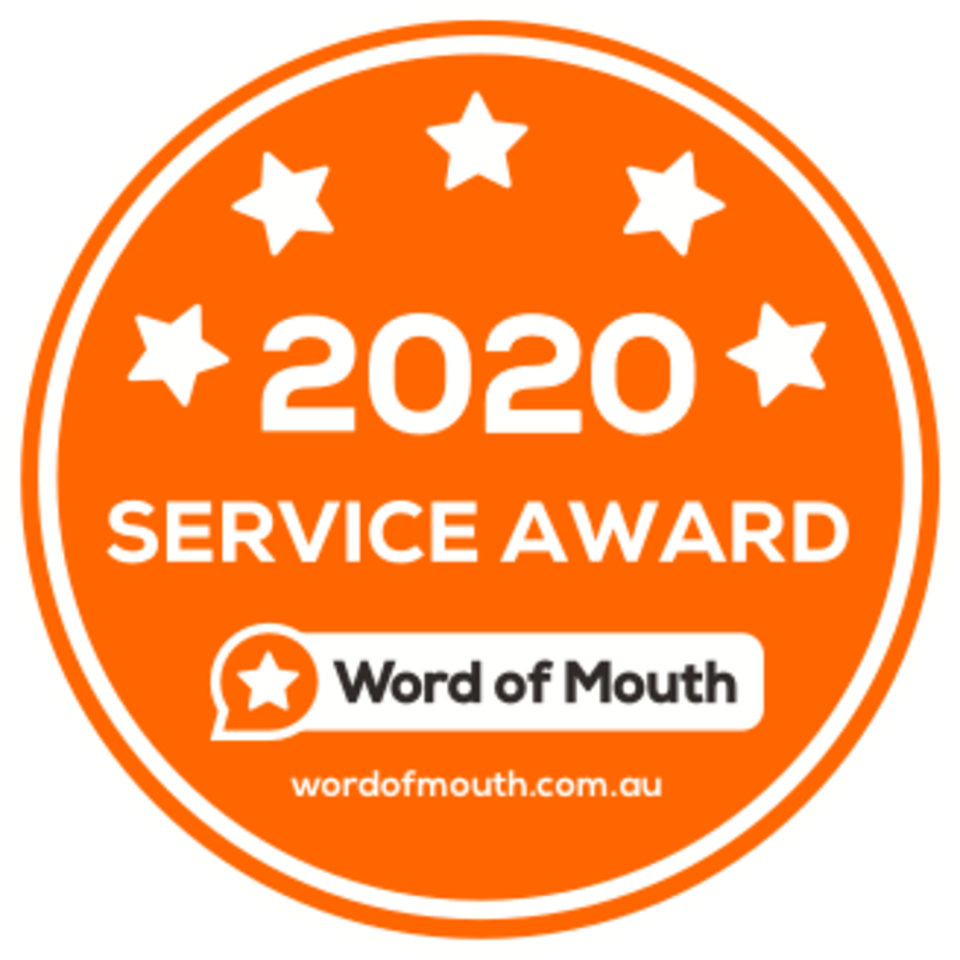


The Importance of Social Proof
Social proof refers to the idea that people are more likely to trust and follow the actions of others. In the context of a website, social proof can take many forms, such as customer reviews, ratings and social media feeds which showcase your following.
By incorporating social proof elements on your website, people are more likely to see your business as trustworthy and credible, making it more likely that potential customers will take action. Without this social proof in place on your website, potential customers are less likely to reach out.